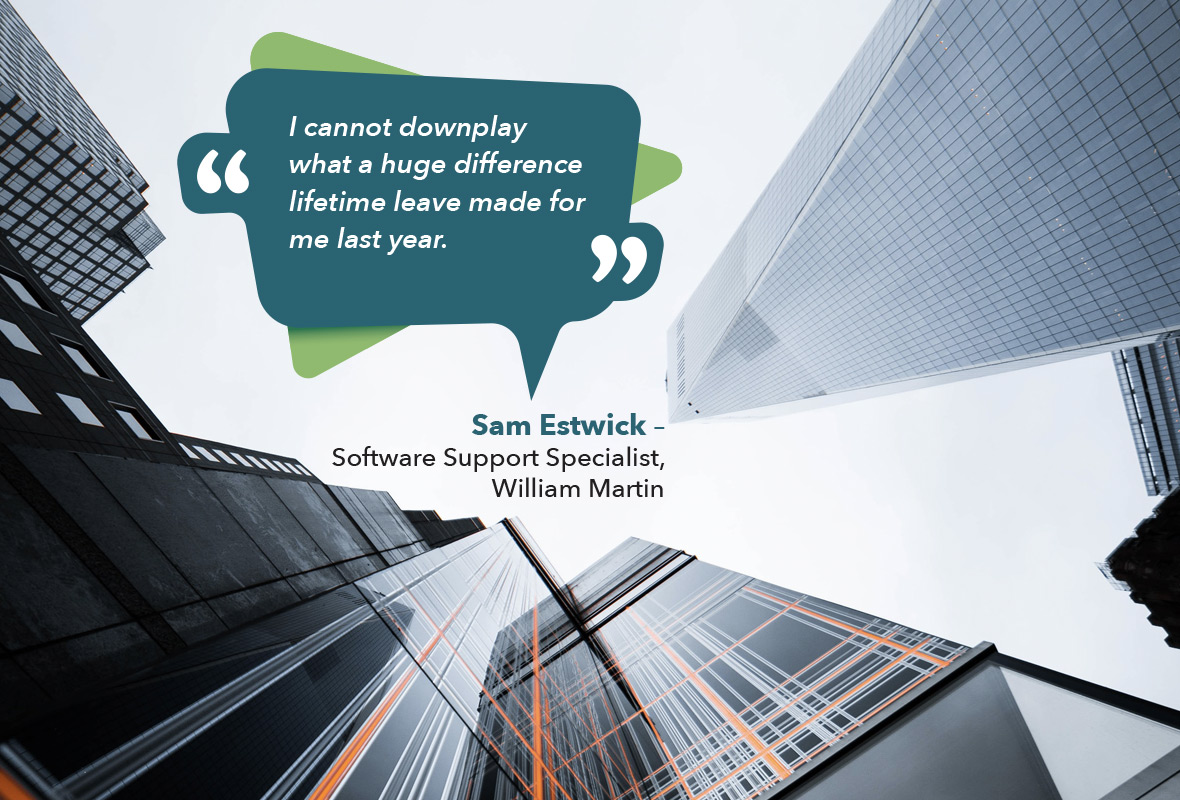August 15, 2023
Tech can improve health and safety – but the human touch will never be redundant
By Phil Jones, Managing Director, William Martin
Technology has improved the speed and efficiency of almost everything – at home and at work. There is no doubt that tech is transforming health and safety in a hugely beneficial way.
But while tech can make our working lives easier, it’s crucial to also maintain the human touch – especially when it comes to understanding and analysing the root causes of compliance failings.
What are the benefits of health and safety technology?
Tech that keeps people safer and helps them make the right decisions has enormous potential.
The rapid evolution of automation, for example, can reduce occupational risk by allowing machines to carry out hazardous activities.
It also gives health and safety professionals more time to focus on what actually drives change in a business and what can ultimately reduce risk to tolerable levels.
What form can safety technology take?
Here are just a few examples:
- Drone technology can access dangerous or remote areas, or situations that would involve working at height, saving money and avoiding potential injuries.
- Smartphone apps or wearable panic alarms can reduce lone working risks. These devices give real-time information on the location and status of employees and provide a first response when in a dangerous environment.
- Environmental, health and safety (EHS) software platforms can help with incident reporting and tracking, environmental auditing and inspections, corrective action tracking, and performance metrics. Good EHS software reduces the scope for human error by delegating more of the mundane or administrative responsibilities.
What are the limitations of safety tech?
While the adoption of safety tech is a no-brainer, there are some limitations – and potential pitfalls:
- New software may not match your existing processes, which will affect efficiency and quality.
- Software may lack the ability to evaluate complex and nuanced situations that require human judgment and experience, leading to some risks being overlooked.
- Resistance from staff, lack of training, or difficulties in navigating complex interfaces can hamper adoption and effectiveness.
- Technical issues, software bugs, or system downtime can hinder risk management processes and delay critical actions.
- Assuming software is comprehensive and fool proof can lead to complacency in other areas.
That’s why it’s important to supplement your tech with regular human inspections, audits, and assessments.
Balancing technology and the human touch
Let’s look at eLearning tech as an example. It has revolutionised health and safety training – it’s accessible, cost effective, regularly updated, self-paced and customisable. But there’s a temptation for organisations to overuse it, just to allow them to tick the training compliance box as quickly and easily as possible.
This ‘just get through it’ approach can cascade down to employees, leading to them remembering very little about their course if you ask them even a day later!
We find that the best outcomes often come from a ‘blended’ approach to delivering training, with some human element retained.
And that holds true for most tasks involving technology – because people are still the most important part of any organisation.
Many companies talk about ‘safety culture’ when referring to the inclination of employees to comply with rules or act safely. And a successful safety culture comes from strong leadership, good worker involvement and clear communications – none of which can be provided by tech alone.
In the construction sites, factories and transport depots of the future, new technologies will add a few of their own hazards as well as reducing many others.
So as we look to the future, organisations should undoubtedly embrace the benefits of technology. But consider your existing work practices, listen to your people, and most importantly, always bring them with you – because you’ll need their real-life experience, nuanced judgement, and empathy; all those things that make us human.
Contact
At William Martin, we bring together clever consultancy with smart technology, so our clients can grow. If you want to know more about how we can help you, get in touch or call our team on 0203 819 8829.





